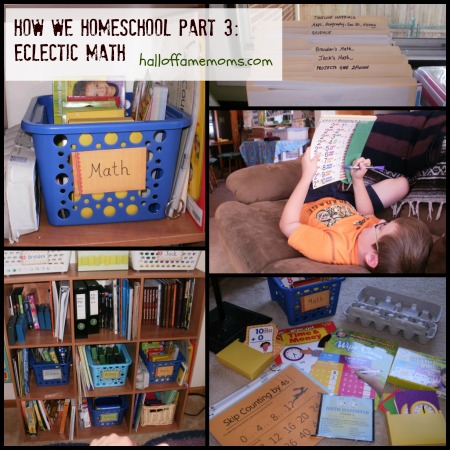
So I’ve told you what you could expect in this “How We Homeschool Tour & Series” and so far shared in Part 1: How I Organize and Part 2: Our Homeschooling Goals and the goal chart I made which give me a visual of where I want the boys to be by Christmas. Today is Part 3: Eclectic Homeschooling Math.
You’ll see my nine unit shelf and a close up of my Math shelf. There isn’t much on it because I print out the lessons I want from Math Mammoth (I own a digital only version for 1st Grade and have a cd for 2nd Grade) and any other online sources and put them in a folder marked with that boy’s name. Now, my oldest is in 3rd Grade and I’m holding off on buying that level till he’s mastered as many of the basics I want him to have under his belt. I’m not interested in fast pacing him through all sorts of math subjects that he doesn’t need right now.
I often reflect back on my own private and public school experiences (I was never homeschooled) and there were things that I was “taught” that didn’t stick with me, that I didn’t understand then and that I do not use now. So those types of things I’m not sweating to put my boys through this young. The nice thing about homeschooling – well, one of many- is that you can’t really compare your kid to others in the class or worry about the class moving faster than your child’s ability.
Teaching Math Eclectically:
Here’s most of what’s on my Math Shelf and some of what’s not.
- Math Mammoth Light Blue Series
- Various sets of flash cards (multiplication, addition, subtraction- check Target for $1 sets)
- Telling Time flash cards (I’ve bought from Amazon and found for $1 at Target)
- Skip Counting Charts (free printables– see this post about “teaching multiple subjects at once” for more info)
- Dry Erase Math books
- Egg Carton Game (for teaching Place Value- we haven’t used yet)
- 100 Chart (free printable)
- See my Homeschooling Pinterest Board for lots of ideas I’m storing there. That’s where I found the Egg Carton Game and maybe the 100 Chart.
- Dry Erase Multiplication book (see my son on couch using) – bought at a dollar store I think.
- I’ve used dry erase boards in the past and made my own worksheets and use counters like in this post about Homeschooling Free, Cheap and Easy (has video too).
I just want to stress that Target has been a great source for $1 sets of flashcards (animals, math, time, space, historical, flags…) and workbooks and (thanks to a tip from another blogger) $1 Index Card holders/boxes (colored plastic) to use as flashcard cases! Check your local dollar stores as well for more cheap teaching tools.
Pinterest is also the bomb-diggity of resources. I follow real teachers there- lol. So if you follow my homeschooling board you’ll see what I’m pinning and might just find many things of use for your own homeschooling experience.
- Be sure to subscribe to get my posts delivered to your email inbox. If you’ve missed a post you’ll find it below at these links:
How We Homeschool Tour & Series Introduction
Part 1: How I Organize
Part 2: The Goals and Chart for My Boys
Part 3: Eclectic Homeschooling Math
Part 4: Eclectic Homeschooling Reading, Writing & Language Arts
Part 5: My easy, laid-back way of homeschooling Science


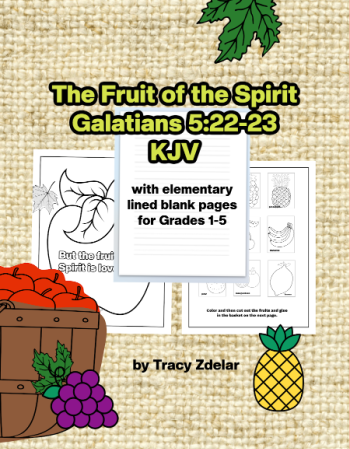
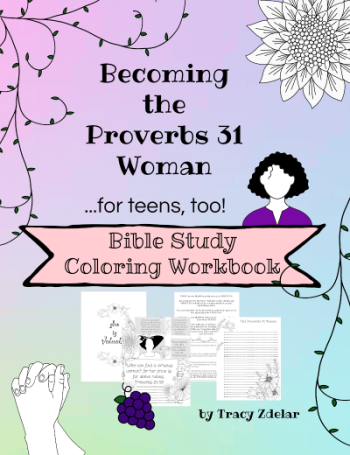
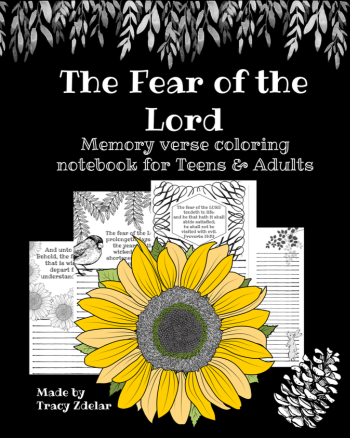
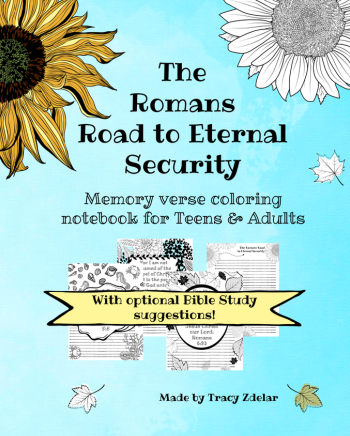
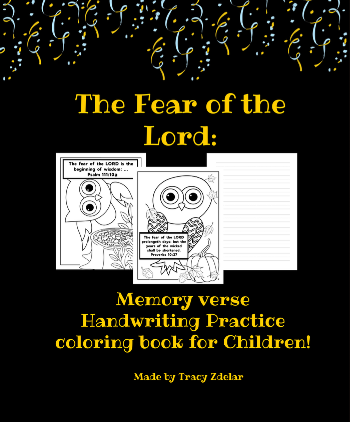
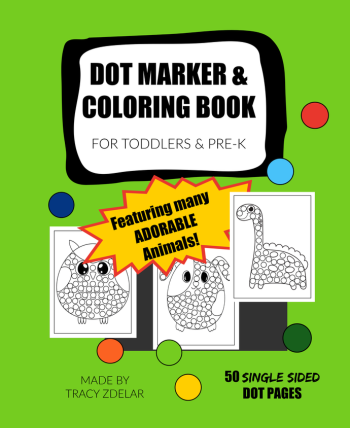
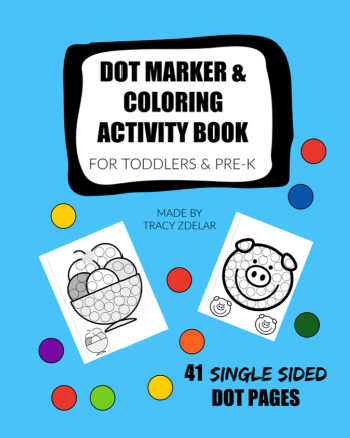
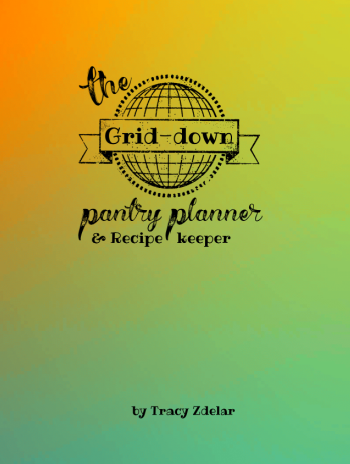
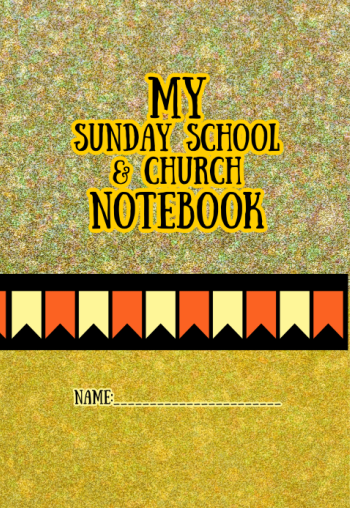
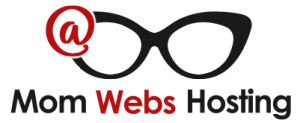
Instead of expensive paper flashcards, why don’t you try electronic flashcards?
I’m an elementary school teacher, I often recommend http://www.superflashcard.com to my students’ parents and share them the flashcards I created. Nowadays children are very interested in electronic devices, and I think it’s a good thing for them.